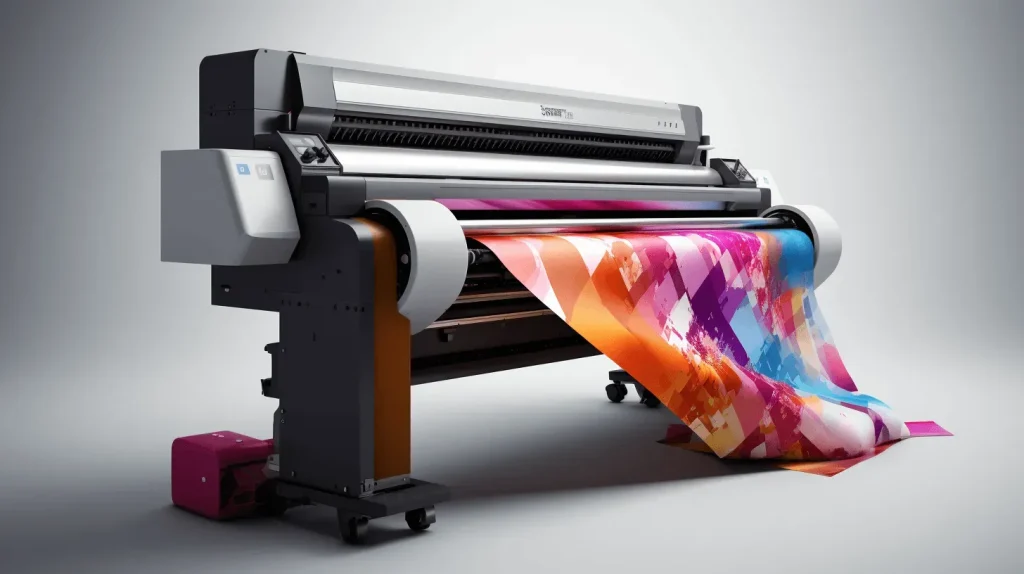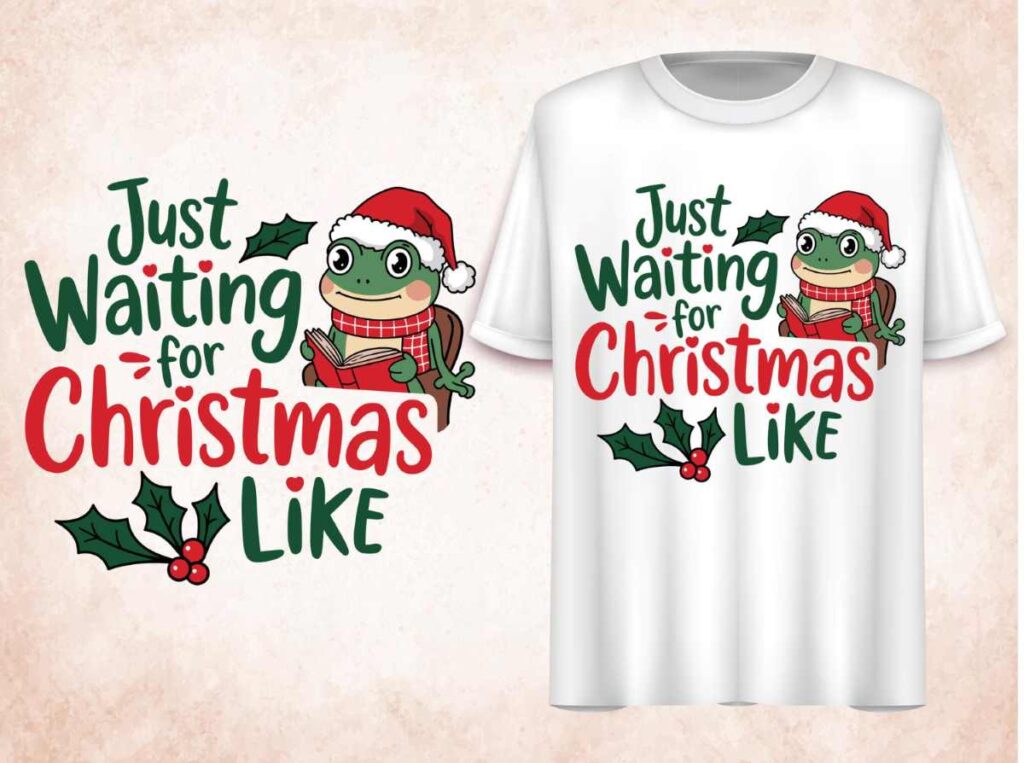DTF printing, or Direct-to-Film printing, is revolutionizing the world of custom garment printing by offering a versatile and high-quality alternative to traditional methods. This innovative printing process allows businesses to apply striking designs on a wide range of fabrics with unmatched ease and precision. Not only does DTF printing provide vibrant colors and crisp details that enhance the overall appeal of garments, but it also presents a cost-effective solution for shorter production runs, making it ideal for small businesses. When compared to screen printing, DTF boasts significant advantages in flexibility and print quality, ensuring that every print stands out. By adhering to DTF printing best practices, apparel manufacturers can maximize their output and elevate their brand’s presence in the competitive market.
Direct-to-Film printing, also known as DTF technology, is quickly becoming a preferred option in the garment decoration sector due to its unique approach. This method facilitates the transfer of designs onto various fabrics, allowing for exceptional print quality that remains vibrant even after multiple washes. Compared to other techniques like screen printing, Direct-to-Film excels in versatility and efficiency, making it a go-to choice for custom clothing manufacturers. The process combines cutting-edge technology with creative expression, providing a seamless way to bring artwork to life on fabric. With the increasing demand for customized products, exploring DTF alternatives offers numerous benefits worth considering for any apparel business.
The Advantages of DTF Printing for Custom Garment Decoration
Direct-to-Film (DTF) printing has become a game changer in the custom garment decoration landscape. One of the primary advantages of DTF printing is its ability to produce incredibly high-quality designs with vibrant colors that stand the test of time. Unlike traditional screen printing, which can limit design complexity, DTF printing allows for intricate details and gradient colors, ensuring that any design looks sharp and appealing. This quality is particularly important for businesses looking to distinguish themselves in a competitive market.
Moreover, DTF printing is versatile, allowing for prints on various fabrics such as cotton, polyester, and even blends. This capability gives businesses the freedom to expand their product lines, catering to a diverse clientele. Whether producing t-shirts for a special event or custom apparel for small business branding, DTF’s adaptability means that creators can deliver exceptional outcomes without being restricted by material limitations.
Frequently Asked Questions
What is the DTF printing process and how does it work?
The DTF printing process begins by printing designs onto a specialized film using a DTF printer. Adhesive is then applied to the inked area of the film, and finally, the film is heat-pressed onto the fabric. This method allows for high-quality prints on various materials, making DTF printing highly versatile for custom garment printing.
What are the benefits of DTF printing compared to other methods?
DTF printing offers several benefits including versatility in fabric choices, vibrant print quality that resists fading, and cost-effectiveness for small runs. Unlike screen printing, which may require extensive setup fees, DTF printing allows for affordable custom designs, making it ideal for small businesses and boutiques.
How does DTF printing differ from screen printing?
DTF printing differs from screen printing primarily in its application process. While screen printing involves pushing ink through stencils onto fabric, DTF printing transfers ink from film to fabric using heat, allowing for higher resolution images on a wider range of materials. This versatility gives DTF printing an edge in the custom garment printing market.
What are the best practices for successful DTF printing?
To maximize the benefits of DTF printing, it’s essential to follow best practices such as investing in quality DTF printers, pre-treating fabrics for better adhesion, and maintaining proper heat press settings, typically around 315°F for 15 seconds. These practices ensure durable, high-quality prints that satisfy customer expectations.
Can DTF printing be used on all types of fabrics?
Yes, one of the key advantages of DTF printing is its ability to print on a variety of fabrics, including cotton, polyester, and blends. This adaptability makes DTF printing an excellent choice for various applications in custom garment printing, catering to diverse customer preferences.
What trends are currently shaping the DTF printing market?
Current trends in the DTF printing market include the development of eco-friendly inks and materials, addressing the growing demand for sustainability. Additionally, the rise of on-demand printing in e-commerce is pushing businesses to utilize DTF printing technology for personalized products, reducing the risk of overstock.
| Aspect | Details |
|---|---|
| Introduction | DTF printing is a revolutionary garment decoration method offering significant advantages over traditional printing techniques. |
| Understanding DTF Printing | DTF printing prints designs onto a film which is then heat transferred to various fabrics, offering versatility unlike screen printing or DTG printing. |
| Benefits of DTF Printing | Versatile with fabric choices, vibrant print quality, and cost-effectiveness for small production runs. |
| DTF Printing Process | Involves printing on film, applying adhesives, and heat pressing to transfer the design onto fabric. |
| Best Practices | Investing in quality equipment, pre-treating fabrics, and maintaining proper settings are essential for optimal results. |
| Current Trends | Focus on eco-friendly inks, on-demand printing growth, and customization in the DTF market. |
Summary
DTF Printing is revolutionizing the garment industry by offering unmatched versatility and high-quality designs. Its ability to print on a wide array of fabrics while maintaining vibrant colors positions it as a preferred method for businesses of all sizes. As the demand for custom apparel grows, understanding and utilizing DTF printing can significantly enhance a brand’s appeal. By incorporating best practices and keeping abreast of industry trends, businesses can effectively leverage this innovative technology for sustainable growth and customer satisfaction.



